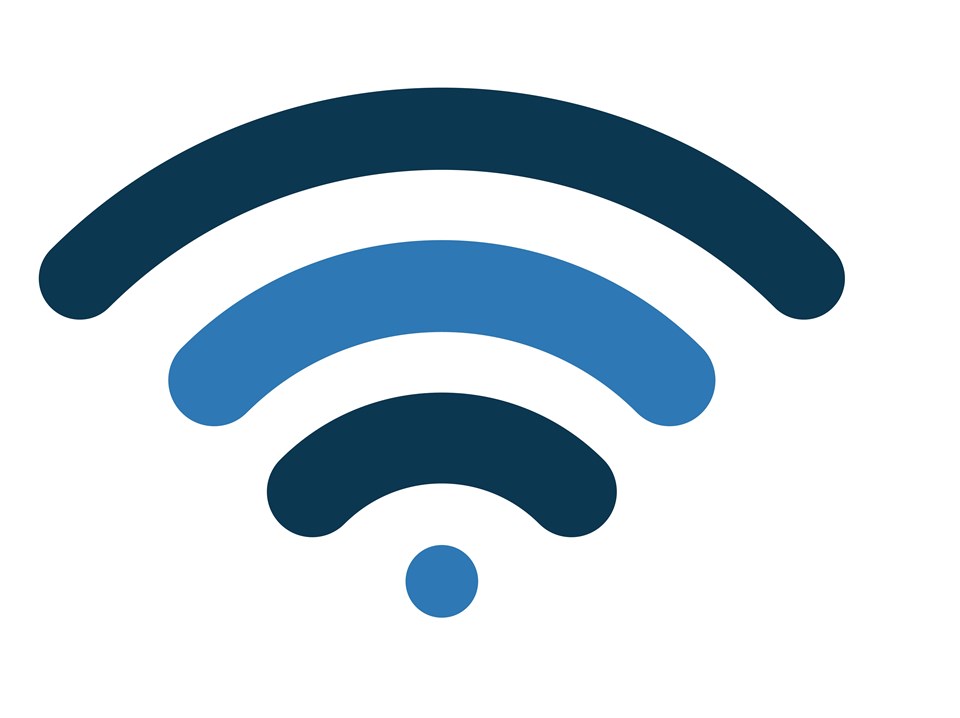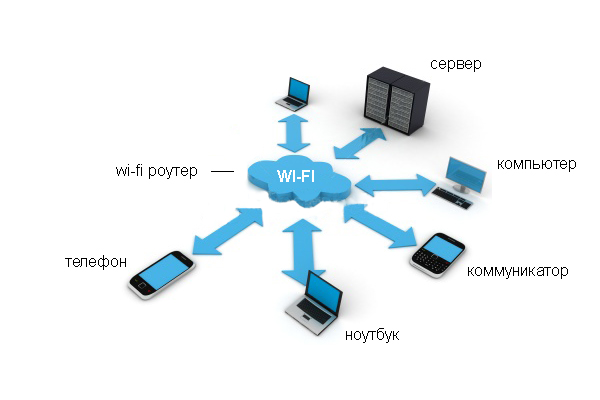
In today’s fast-paced world, the concept of being connected has taken on a whole new meaning. We rely heavily on technology to keep us in touch with family, friends, and the world around us. The backbone of this modern connectivity is an invisible force that allows our devices to communicate without physical connections. This phenomenon has become an integral part of our daily lives, facilitating instant access to information and seamless interaction between gadgets.
Without the need for cables, we can effortlessly browse the internet, stream our favorite shows, and even control smart home devices with just a few taps on our screens. This form of communication has not only enhanced convenience but also revolutionized the way we work, play, and live. From homes to public spaces, this technology is ubiquitous, offering unprecedented freedom and mobility.
Moreover, the evolution of this form of connectivity has led to significant advancements in various sectors, including education, healthcare, and entertainment. Educational institutions are leveraging it to provide online learning opportunities, healthcare providers are using it to enable telemedicine, and the entertainment industry is delivering content on-demand. The possibilities are endless, and the future promises even more exciting developments.
As we continue to embrace this wireless form of communication, it’s important to understand its impact on our society and the underlying technology that makes it all possible. By exploring its origins, current applications, and future potential, we can better appreciate the role it plays in shaping our connected world.
Wi-Fi Networks: Understanding and Optimizing

Wireless technology has become a cornerstone of modern connectivity, allowing a multitude of devices to communicate without the need for physical connections. This section explores the fundamental aspects of wireless internet access and offers insights into enhancing performance and reliability. By delving into the principles behind these technologies and examining best practices, users can ensure their systems are running at peak efficiency.
The journey begins with an exploration of the core components that enable wireless communication. Understanding these elements is crucial for diagnosing and resolving common issues that may arise. From radio frequencies to encryption methods, each aspect plays a vital role in the seamless operation of your home or office internet.
Next, we will address the factors that can impact the quality and speed of your wireless connection. Environmental factors such as physical obstructions and electronic interference are often overlooked but can significantly degrade performance. Additionally, the placement of your router and the configuration of its settings can either enhance or hinder your connectivity.
Lastly, we provide actionable tips and strategies for optimizing your wireless setup. Simple adjustments, such as updating firmware, selecting optimal channels, and securing your network, can lead to noticeable improvements. Whether you are a casual user or a tech enthusiast, these guidelines will help you make the most of your wireless experience.
Types of Wi-Fi Technologies
Wireless communication has evolved significantly over the years, offering various methods for devices to connect and exchange data without physical cables. These advancements have resulted in multiple standards and protocols, each with its unique characteristics and applications. Understanding these different types can help users choose the most appropriate technology for their needs, ensuring optimal performance and compatibility.
One of the earliest forms is the 802.11b standard, which introduced basic wireless connectivity. Although relatively slow by today’s standards, it laid the groundwork for future developments. The subsequent 802.11a standard brought faster speeds and operated on a different frequency, reducing interference and improving reliability.
The 802.11g standard combined the best of its predecessors, offering higher speeds while maintaining compatibility with older devices. This was followed by 802.11n, which significantly enhanced data transfer rates and range through the use of multiple antennas, a technique known as MIMO (Multiple Input Multiple Output).
With the introduction of 802.11ac, the focus shifted to even higher speeds and improved efficiency. This technology operates exclusively on the 5 GHz band, providing greater bandwidth and reducing congestion on the crowded 2.4 GHz band. The most recent advancement, 802.11ax, also known as Wi-Fi 6, further improves speed, capacity, and efficiency, particularly in dense environments with many connected devices.
Each generation of wireless technology has built upon the strengths of its predecessors, addressing the growing demand for faster, more reliable, and efficient communication. As new standards continue to emerge, they promise to offer even greater benefits, shaping the future of wireless connectivity.
Comparing 2.4 GHz and 5 GHz Bands

When choosing the best frequency for your home or office internet, understanding the distinctions between 2.4 GHz and 5 GHz bands is crucial. These two frequency ranges offer different benefits and limitations, impacting your overall online experience. Let’s delve into the specifics of each band to help you make an informed decision.
- Range: The 2.4 GHz band provides a wider coverage area, making it suitable for larger spaces. In contrast, the 5 GHz band offers a more limited range, which can be ideal for smaller environments.
- Interference: The 2.4 GHz frequency is more prone to interference due to its popularity and the presence of many devices operating on the same band. The 5 GHz band, with less congestion, tends to experience fewer interruptions.
- Speed: The 5 GHz band generally supports higher data transfer rates, allowing for faster internet speeds. Conversely, the 2.4 GHz band, while slower, provides more stable connections over longer distances.
- Device Compatibility: Older devices may only support the 2.4 GHz band, whereas newer gadgets typically offer compatibility with both 2.4 GHz and 5 GHz bands, providing greater flexibility in connection choices.
Ultimately, the decision between 2.4 GHz and 5 GHz will depend on your specific needs, including the size of the area you need to cover, the number of devices connected, and the type of activities you engage in online. By weighing these factors, you can optimize your internet performance and enjoy a seamless digital experience.
The Evolution of Wi-Fi Standards
The journey of wireless communication technologies has seen remarkable advancements over the years. From its inception as a niche solution for cable-free connectivity to becoming an essential part of everyday life, the progression of these protocols has been driven by the need for faster, more reliable, and secure connections. This evolution mirrors the technological leaps and bounds made in the broader field of digital innovation.
Initially, the primary goal was to replace wired networks with a more flexible alternative. Early iterations offered limited speed and coverage, suitable for basic tasks but not much more. As demands for data-heavy applications and seamless internet experiences grew, so did the requirements for improved performance and efficiency.
Subsequent generations have introduced significant enhancements. With each new standard, improvements in data transfer rates, signal range, and security features have been achieved. The development of these technologies has also addressed challenges such as interference, energy consumption, and compatibility with a wide array of devices.
The latest advancements are now paving the way for the future of smart homes, IoT ecosystems, and enterprise solutions, enabling unprecedented levels of connectivity and integration. These improvements not only enhance personal convenience but also drive productivity and innovation in various industries.
As we look forward, the continued evolution promises even greater strides. Emerging technologies are set to further revolutionize how we connect, communicate, and interact with the digital world, underscoring the critical role that these wireless communication standards play in our increasingly interconnected society.